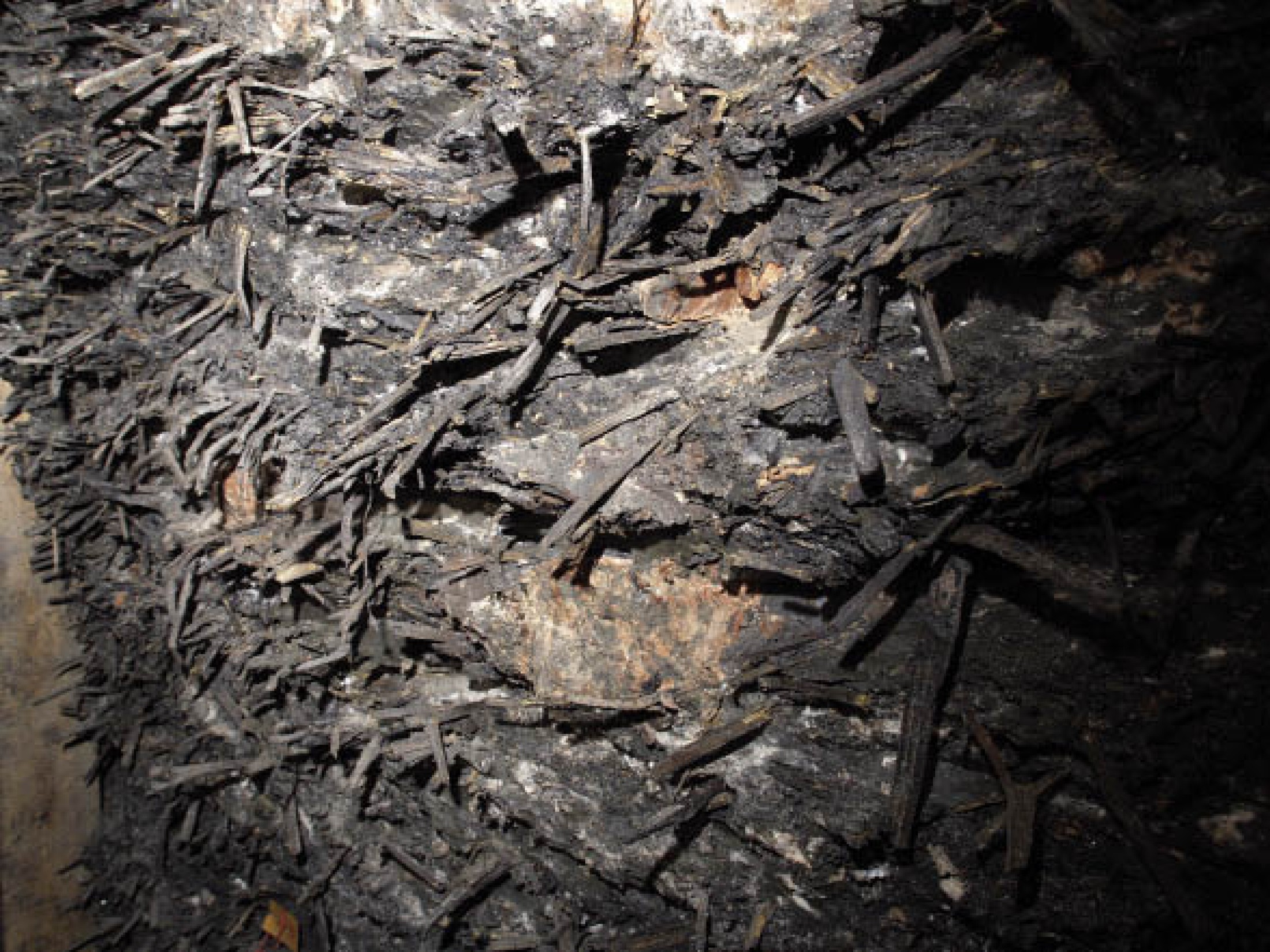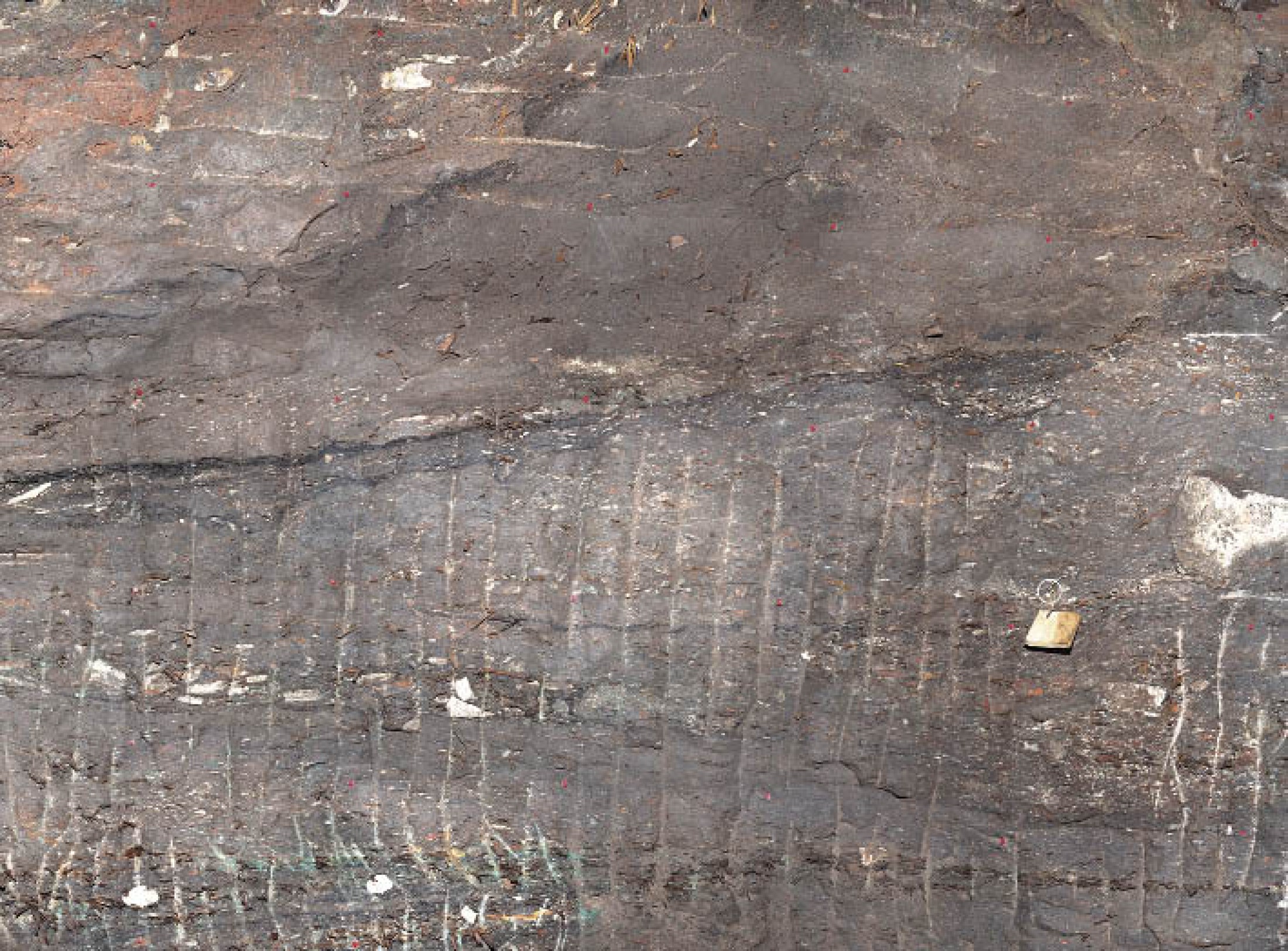The salt mine in prehistoric times
In the compacted remains of the prehistoric Hallstatt mines archaeologists have discovered a large number of well-preserved items. This dense mixture of prehistoric waste rock and debris from salt mining is referred to as the “Heidengebirge”. Over many millennia it has been compacted by the pressure of the mountain to create an air-tight and salt-rich climate ideal for preserving organic material. As a result, finds from Hallstatt include dyed textiles, hand-worked leather, wooden tool handles, transport containers, wood chips, ropes, food remains, feces and even grass.Scientific importance of organic finds from Hallstatt
The “Heidengebirge”
Differences in the “Heidengebirge” during the Bronze and Iron Ages
Preserved salt mining pits



